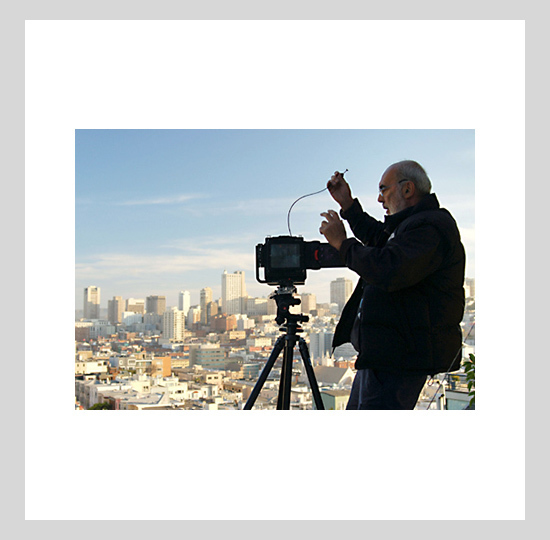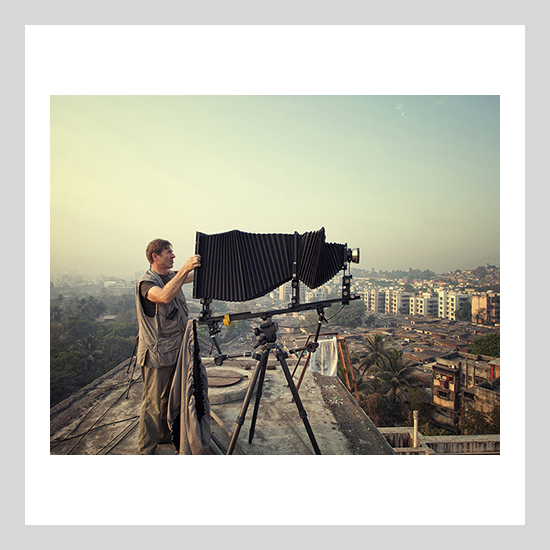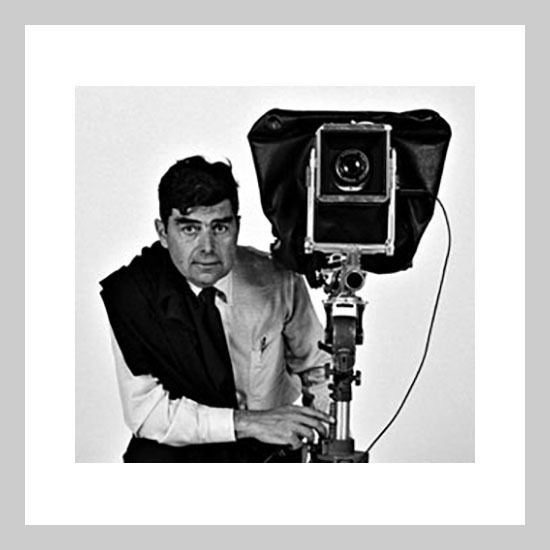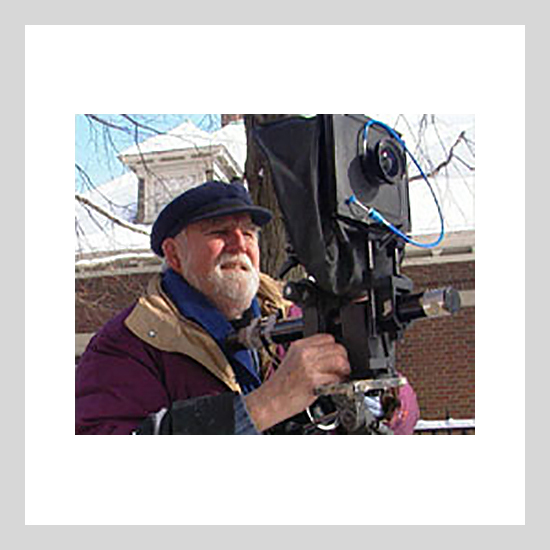Architectural Photography: My Heroes
In recent posts, I have spoken of my heroes – there are five of them, in no particular order: Ezra Stoller, Balthazar Korab, Robert Polidori, Gabriele Basilico, and Eugene Atget. They all have in common the use of the large format view camera, the architectural photographer’s tool of choice for decades, dating to Atget’s time. Yet, each of these architectural photographers has distinctly different sensibilities, and I am strongly influenced by each of them.
Eugene Atget
This photo was shot by photographer Berenice Abbott, shortly before Atget’s death in 1927. I couldn’t find a photo of Atget with his camera. He used a wooden view camera (nominally 8"x10" format) and exposed his images on 18x24 cm glass dry plates. He lived at 17bis Rue Campagne Premiere, Montparnasse, Paris, France, on the fifth floor of a walk-up at this address. He lugged his wooden camera and tripod, and his glass plates - a seriously heavy load - up and down the stairs of his apartment and throughout the streets of Paris, daily, shooting the architecture of old Paris for some thirty years - a physically demanding regimen by any standard. I’ve been completely taken with his unabashedly straight-forward Paris street photography, and have been studying his work for the past ten years, making several trips to Paris to shoot some fifty of the sites he photographed in his day. One of my favorite side-by-side, then and-now, comparisons can be seen on my Flickr site at:
http://flic.kr/p/4rjLTW
Gabriele Basilico
Here Basilico can be seen with his 4x5 Horseman view camera. It’s occurred to me that Basilico was very much a modern-day Eugene Atget, having photographed urban architectural landscapes throughout Europe on a broader scale. His images, shot almost exclusively on 4x5 film, in black and white, have completely captivated me.
Robert Polidori
Here Polidori can be seen with his 8x10 Arca-Swiss view camera and a long lens. Now here’s a real camera, the likes of which few of us use anymore - what with our petite DSLRs and iPhones. Polidori’s architectural images are typically huge, tack-sharp, and simply beautiful! They “tell it like it is”, without trying to distill out life’s clutter and complexity - what some photographers (notably Stoller - no criticism intended) would construe as distractions. I had the good fortune to meet Polidori and discuss his approach and methods several years ago, at the Weinstein Gallery here in Minneapolis. His images, printed and exhibited in sizes from 4'x5’ to 5'x7’ in size, where compelling. I had the feeling that I could literally walk into each of his scenes. He, like the four others - Atget, Basilico, Korab, and Stoller - has profoundly influenced my way of seeing things.
Ezra Stoller
Here Stoller can be seen with his 8x10 Sinar Norma view camera. The size of that bag bellows is the clue to the format. Like Korab, I have watched Stoller’s work in the architectural magazines for years. Like Basilico, Polidori and Korab, much of Stoller’s work was captured by view camera (both 4x5 and 8x10 formats) on black and white film, before color film came widely into use. Stoller’s images are pristine, and precisely captured compositions, which speak to the essence of design, to the exclusion of all distractions. I am particularly fond of his black and white images, which continue to shape my sensibilities.
Balthazar Korab
Here Korab can be seen with his 4x5 Sinar F2 view camera. I’ve watched Korab’s work in the architectural magazines for years, and through recent association with his son Christian, who grew up in his father’s studio, I’ve gained further insights into Korab’s work, his approach and his sensibilities as an architectural photographer. His images are sharply incisive, capturing the decisive moment, while often disregarding the conventional rules. He was known for insisting that one should not hesitate to shoot into the light. Korab, like Atget, Basilico, Polidori and Stoller, has profoundly influenced my way of seeing things.
Four out of five in this group shot much of their work in black and white. I am very much taken with the purity, simplicity, and abstract qualities of black and white images. I believe they speak to design in a superior way.
I’m also influenced by, and admire the work of, a whole host of other photographers - Ansel Adams (saw an exhibit of 70 of his prints recently at the Minnesota Marine Art Museum in Winona, MN - simply awesome), Edward Weston, Edward Steichen, Berenice Abbott, GE Kidder Smith, Richard Pare, Norman McGrath, Julius Shulman - the list is endless…
Visit my Website here: http://siegerarchphoto.com
My Behance Portfolio can be seen here: https://www.behance.net/peterjsieger




